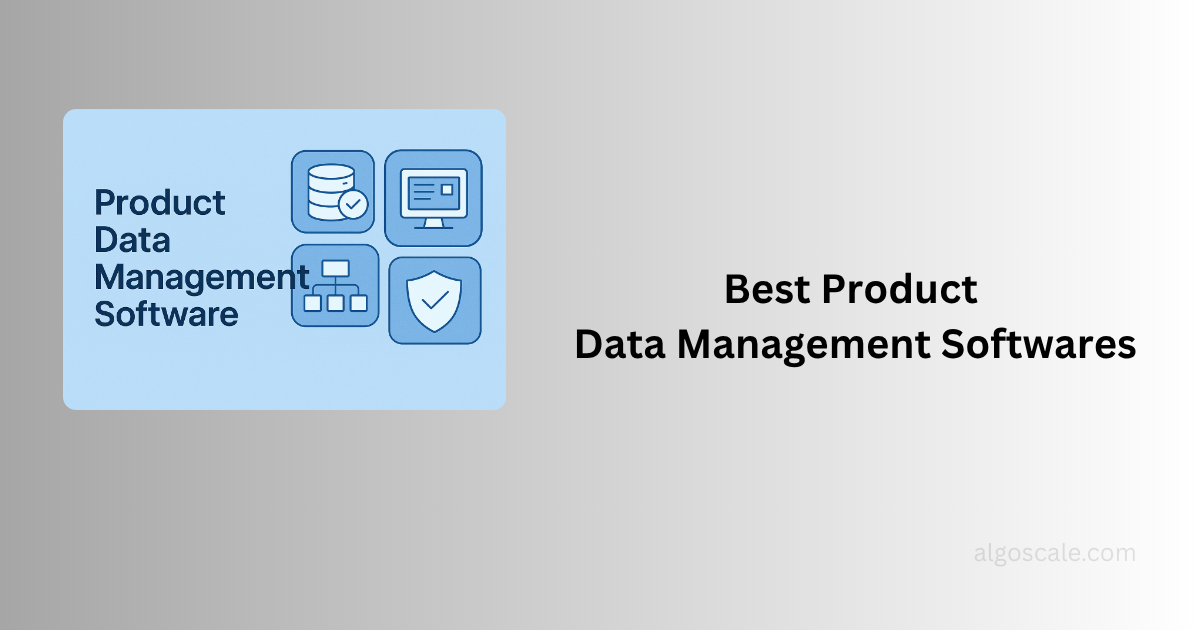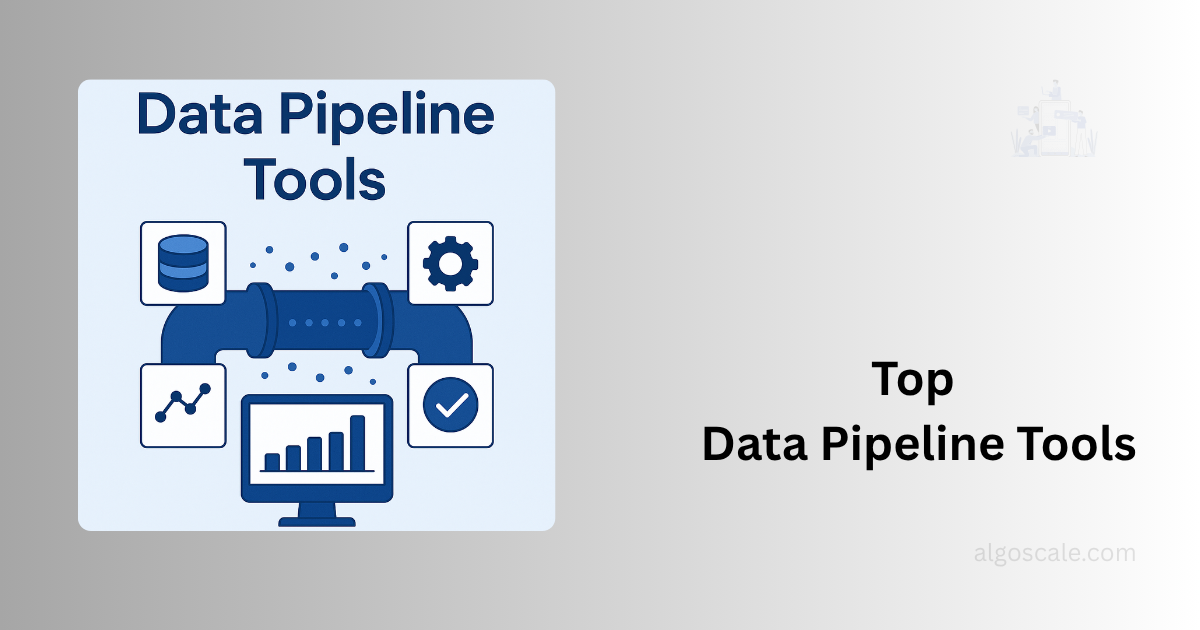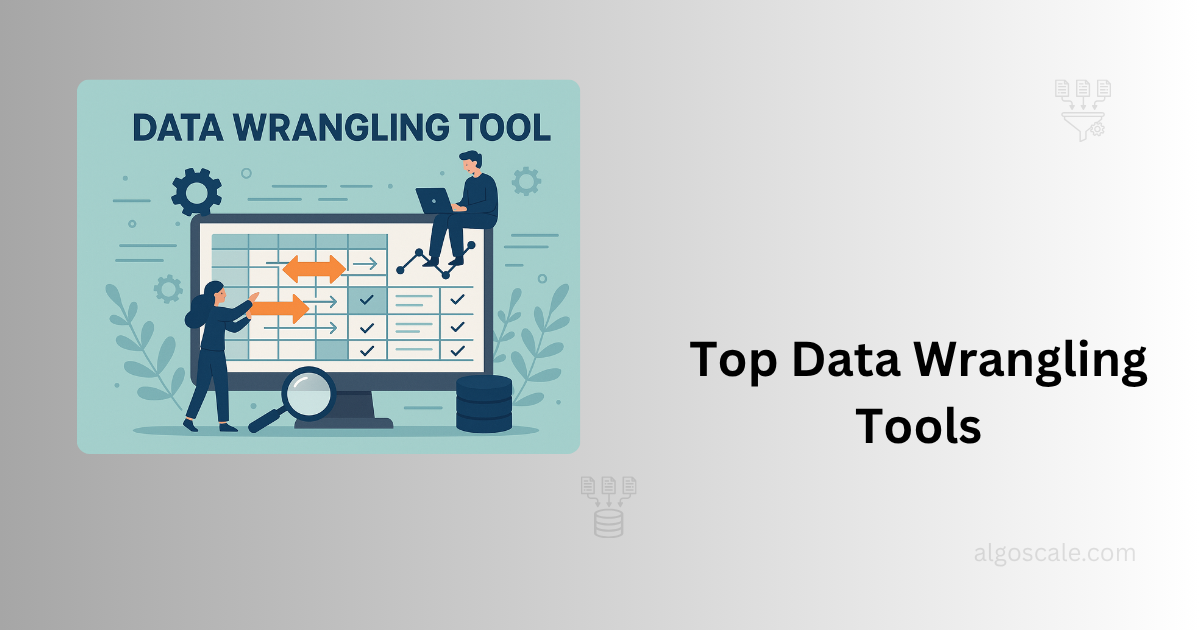As artificial intelligence is a domain of computer science and various related engineering branches, search algorithms play a vital role in AI, computer science, and operations research. In the context of AI, particularly when software-based agents operate within larger models, choosing the right search strategy is crucial. This is where the difference between Blind Search vs Heuristic Search becomes significant, as each approach affects the efficiency and outcome of problem-solving in intelligent systems.
Search strategies are commonly seen in various games, especially single-player ones like Sudoku, online crossword puzzles, and Wordle. In these games, the agent suggests different moves, and with the help of embedded algorithms, it guides the user toward the correct position or optimal move in the game.
Types of Searches in AI
There are different types of searches in AI, machine learning, deep reinforcement learning, and neural networks. They are commonly divided into two categories. One of them is an uninformed search, and the other is an informed search.
- Uninformed Searches are a general type of algorithm that has very little information regarding the status of the search. They didn’t have any information about the present state, previous state, or coming state or space. It is called a blind state as well.
- Informed searches have information regarding the goal and all the paths that lead between the starting point and the goal. The other common names for informed searches are heuristic search, tree search, and graph search.
Difference Between Blind Search vs Heuristic Search
Let’s break down the difference between blind search and heuristic search in AI below:
| Aspect | Blind (Uninformed) Search | Heuristic (Informed) Search |
|---|---|---|
| Definition | Search that uses no additional information about the goal or path. | Search that uses domain-specific knowledge (heuristics) to find the goal efficiently. |
| Knowledge of Goal | No information about the goal or path. | Has information or estimates about the goal location. |
| Path Planning | No path planning is involved; nodes are explored randomly or systematically. | Provides a planned path from the initial state to the goal using heuristics. |
| Search Speed | Slower; must examine all nodes until the goal is found. | Faster, guided by heuristic values toward the goal. |
| Cost Efficiency | Generally expensive in terms of time and resources. | More cost-effective and efficient. |
| Solution Guarantee | May guarantee a solution (depending on the algorithm, like BFS). | Often provides an optimal or near-optimal solution. |
| Feedback | No feedback or learning during the process. | Can include feedback mechanisms to adjust path or heuristic estimates. |
| Goal Recognition | Can only differentiate between goal and non-goal nodes. | Uses heuristic values to estimate the desirability of nodes. |
| Types | – Breadth-First Search – Uniform Cost Search – Depth-First Search – Depth-Limited Search – Iterative Deepening Search |
– Heuristic Depth-First Search – Heuristic Breadth-First Search |
| Depth & Breadth Searches | Performed without goal information, often less efficient. | Performed with goal direction and heuristic assistance, more efficiently. |
| Example of Guidance | Random or systematic node expansion. | Guided by a heuristic function assigning values to nodes/states. |
Blind Search or Uninformed Search
A general-purpose algorithm-based search that works on the principle of brute force. As discussed earlier, and by the name of the search, it becomes obvious that such a search doesn’t have any additional information about the goal, or the path, and all that. The salient features for blind search are as follows.
- It doesn’t have any information about the goal, so it examines each node and consumes time in order to search for the goal.
- In a blind search, there is no information about the search space. The agent creates a path on its way to the search for the goal.
- As there is no information about the goal, no information for the path between the initial point and the target goal. So, they create their own path by going to each node until they have reached the final node, which is the end goal. Once they have reached the goal, the search has stopped.
- The process of blind search is time-consuming, as they have to examine each and every node and also there is no concept of path planning in blind search as well.
- The only plus point in blind search is that it can differentiate between the goal node and the non-goal node.
Types of Blind Searches
There are different types of blind searches; a brief introduction of each search is given as follows.
-
Breadth-First Search:
It is a systematic strategy applied in searches. It considers all the nodes first of all at level 1, and after that, it finds the goal at level 2 and finds each and every node. The solution is guaranteed in a breadth-first search. It will always go for the shallowest goal, and hence it is the cheapest technique.
-
Uniform Cost Search:
It is again a type of blind search technique. With a uniform cost, the cheapest solution can be obtained as they manipulate the search after reaching each node. They didn’t go for the shallowest technique like in breadth-first searches.
-
Depth First Searches:
The searches in which the agent searches for the goal in the depth direction, unlike breadth-first searches, in which the agent expands every node and finds the goal at each position. There are several problems associated with this technique. If there are a large number of depths in a tree, it becomes very time-consuming and at the same time, confusing and complex.
-
Depth Limited Search:
A hybrid kind of blind search technique. In this technique, the agent explores the depths first but comes back as soon as it realizes that on this path, it cannot find the goal, and rather consumes time and energy. So, it comes back to level one and starts expanding node two on the depth side. This technique is better as compared to the others in blind search techniques.
-
Iterative Deepening Searches:
The most improved form of the blind search techniques. In in-depth limited searches, there is no clear parameter at which point the depth must have been explored. In this technique, there is a limit to the extent to which a node can be expanded to find the goal.
Heuristic Search or Informed Searches
Informed searches are those in which optimal solutions are available. In such searches, there are spaces as well. The heuristic assigns the real number values to the nodes and branches, and the space provides the solution to the model to focus the search on that particular area. There are some main features of heuristic searches as follows.
- It gives a real and possible solution.
- The solution can be in the form of a point or a state space.
- They are also capable of providing the path from the initial position to the final position, goal, or target
- It is quick and inexpensive as compared to blind searches.
- It provides feedback to the model as well.
- The heuristic defined for each node, branch, and goal depends on the user.
Types of Heuristic Searches
There are two types of heuristic searches in artificial intelligence:
1)Depth-first searches
2)Breadth-first searches
Now, the question arises here that both of these are also in blind searches. These searches in heuristic searches have proper path planning, some heuristics assigned, and information about the goal that has to be achieved, which makes them different and efficient from the ones that are discussed in the blind searches. These are better solution providers as compared to the ones in blind searches.
How Algoscale Can Help You
Algoscale offers AI consulting services and creates tailored artificial intelligence solutions to provide you with a competitive edge. These solutions range from predictive analysis and human activity identification to semantic search and manual work automation.











